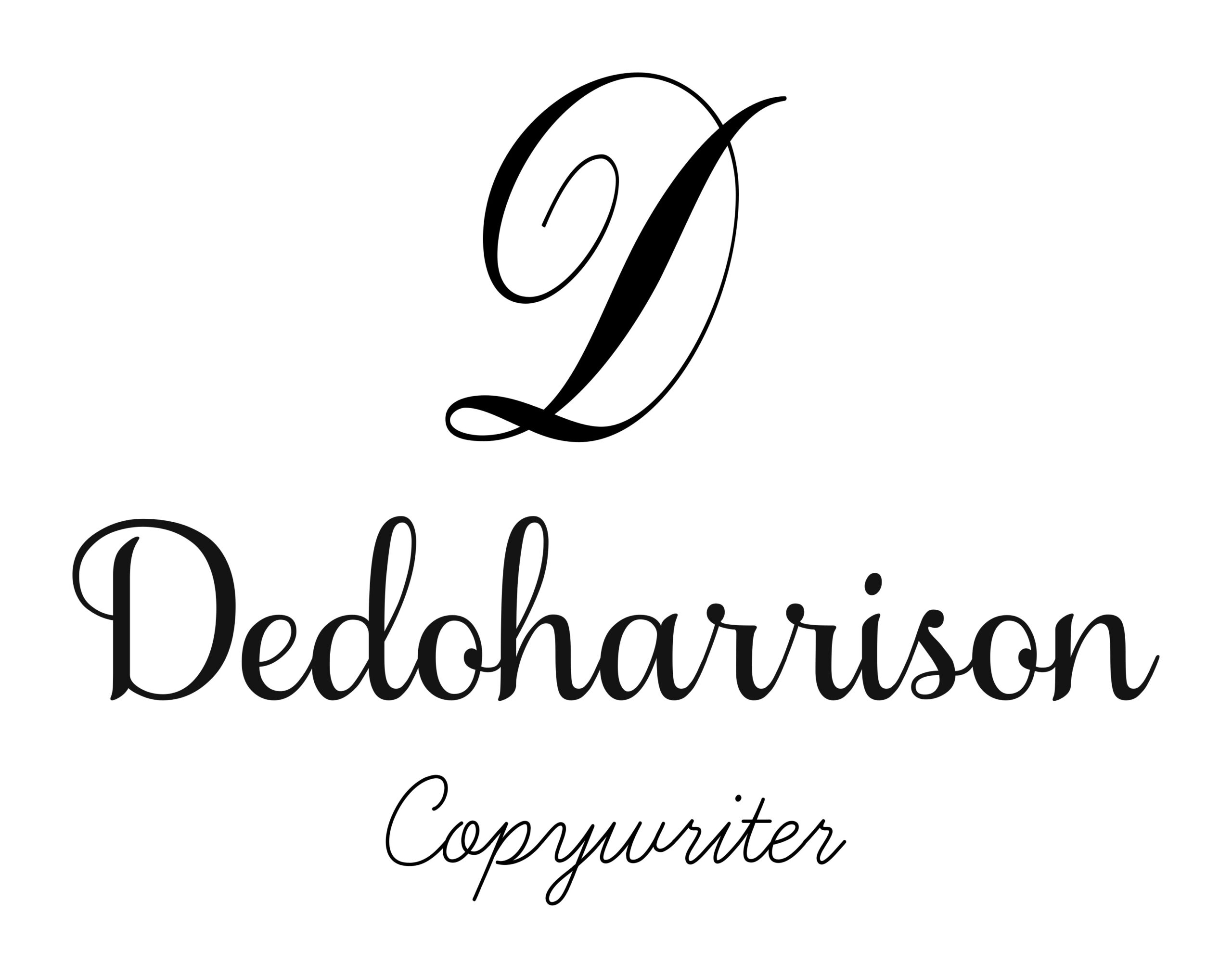How To Design Email Campaigns That Pander To Your Audience & Business Needs In The Best Way Possible!
Hopefully, you’ve been following along in these lessons and now realize how crucial it is to create email sequences that “pre-sell” your product or service.
This means… if you want to boost your conversions, don’t follow what most marketers do, and send out hodge-podge, unconnected, random emails. The idea is to steer your readers step-by-step to where you want them to end up… by building up the tempo through your campaigns. So, if that sounds like something that might tickle your fancy, read on…
Step 1: Set Your Goal
For the first step, you want to determine exactly what you want your audience to achieve… and your strategy to accomplish this task.
So, basically, you’re helping your audience “solve” their problems by looking at the BIG picture. Generally, your content will do one of the following…
- Solve a problem, for example, your audience is overweight, and their goal is to lose X pounds. You aim to give them specific information and tools to solve this dilemma.
- Help them achieve a goal. For example… maybe they’re runners and aim to run their first “ultra-marathon” (and finish). Your goal is to “again” furnish them with all they need to train and finish the race.
- Help them better enjoy a hobby. For example… they’re people who enjoy flower gardening. Your aim is to…?
So, start with your audience’s overall goal and then set out an email strategy to solve that desire. Then move to the next step…
Step 2: Figure Out What Your Audience Needs To Know
Now you know the overall goal for both you and your audience. The next step is to determine what they need to know to accomplish their goal, solve their problem, or better enjoy a hobby. For example, someone how needs to lose weight needs to know about…
- Nutrition.
- Exercise.
- Motivation.
And within these three categories, they need to know about multiple “subtopics.” For example…
Under the category of “exercise,” they need to know about cardio and weight training. And likewise, within each of those sub-topics, there are multiple things they need to know to perform cardio and weight training properly.
NOTE: If you’re selling your own products, then this step is quite easy – you can basically use your table of contents to outline what your audience needs to know. But, on the contrary…
If you’re not selling your products (YET), draft an outline of what your audience needs to know. Then make a list of resources that will make it easier for your audience to achieve their goals.
Step 3: Decide the Best Order to Teach Each Item
Now that you have a list of topics and resources (both FREE and paid), you’ll want to decide if these items need to be taught in a specific order. For example…
If you’re teaching people about weight loss, generally, you’ll want to teach about nutrition first, as this will have the most significant impact. Another example… If you’re teaching people about generating traffic, it won’t matter too much if you teach them about blogging or placing paid ads first.
Once you figure out the best order (this will be the general order you teach the topics), you could cycle through this order multiple times over the year, teaching something slightly different each time. (E.G., Topic A, Topic B, Topic C, D, E… repeat.) And remember, you’ll usually use a series of emails for each topic. For example… if you’re teaching high-intensity interval training for weight loss, you can create a three-part series on that specific topic.
Step 4: Outline Campaigns to Meet These Goals
Your final step is to plan your email campaign based on what you’ve outlined above. Take note…
- You’ll teach some of these topics directly in your emails and then point to a product to receive more information. This is where your campaigns include “useful but incomplete” tutorials, tips, checklists, worksheets, and similar info’ with promotions at the end.
- For topics and resources, you’ll create promo campaigns that are designed to encourage people to purchase a product that helps them solve their problems. These emails include direct-response ads, FAQs about an offer, case studies, and similar promotional material.
Sometimes your campaigns may mix both of these methods. For example… you might create a five-email sequence, with three of those emails preselling “how to” emails to warm up the audience… and the other two being direct promotions.
Conclusion
Bottom line…
It is to plan out your campaigns in a way that always provides great benefit/value to your audience, which of course, tends to benefit your business too. And the above strategy provides you with all the steps needed to achieve both of these goals.
Good luck and see you in the next lesson!
